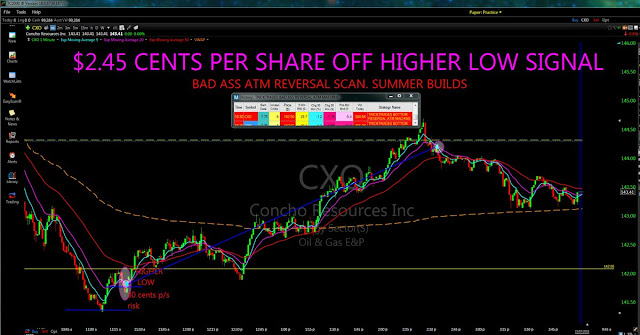WHY TRADE BREAKOUTS?
In the previous lesson, we tend to explained that breakouts happen once value|the worth|the value} is contained at intervals a price vary then leaves the vary with a powerful directional movement. during this lesson, we tend to square measure attending to use real historical value information to indicate why there's sensible reason for traders to concentrate to breakouts and use them as tools to assist notice profit within the Forex market.
WHY TRADE BREAKOUTS? - TEXT VERSION
In the previous lesson, we tend to explained that breakouts happen once value|the worth|the value} is contained at intervals a price vary then leaves the vary with a powerful directional movement. during this lesson, we tend to square measure attending to use real historical value information to indicate why there's sensible reason for traders to concentrate to breakouts and use them as tools to assist notice profit within the Forex market.
The first factor to grasp concerning breaks is that in each breakout, the worth is moving to trade at either higher or lower costs than have happened for a few time. as an example, a break on top of a fifty-day high value means the worth is mercantilism at a better level than it's done at any time over the past 50 days. Therefore, to live the effectiveness of mercantilism breakouts, we will analyze what is going on in recent years following days once value|the worth|the value} of a significant currency makes a replacement long-run high or low price.
Let’s perform a back check on the six most heavily listed Forex currency pairs by volume: every of the monetary unit, Yen, Pound, and New Seeland, Australian, and Canadian bucks against the U.S. Dollar. Together, these account for about simple fraction of all the Forex listed within the world these days. victimisation historical value information from 2001 to 2019, that may be a long amount of your time and includes over four thousand information points, we tend to examined what happened over succeeding mercantilism day once the worth closed at a replacement 50-day high or low. Did the worth tend to continue within the direction of the break, or not – and by however much?
The results, all normalized by volatility victimisation the 15-day average true vary indicator, create attention-grabbing reading. the primary result we tend to checked was whether or not the worth closed either up or down at the top of succeeding day. The results show associate degree virtually actual even split of up and down closes, thus it appears there was no draw close getting into a trade and exiting in the future later.
Next, let’s check up on however typically value|the worth|the value} went additional within the direction of the break than against it over succeeding day’s price movement. in barely underneath fifty one of cases, the break direction won. Finally, what concerning the quantitative relation of succeeding day’s value movement? Here is that the datum that basically counts: adding up the whole movement of of these break days, the worth went within the direction of the break by about 9/11 a lot of pips than it went against it. If you compare this to a back check based mostly upon whether or not the worth is simply up or down over constant fifty days, the sting is much stronger. this is often solid proof in favor of mercantilism breakouts.
Finally, what if we have a {tendency to|we tend to} live the sting from the break to the ultimate price over not solely succeeding day however over every of the subsequent ten days? What we tend to see here, is that the positive edge for traders in mercantilism with these breakouts grew a touch a lot of over each further day that the trade was allowed to run, up to a complete of eight days following the break.
So, what will all this mean? It means if you're mercantilism 50-day breakouts, you'll be able to expect that on the average, the worth can come in your favor succeeding day by quite it'll go against you – this is often the applied math draw close your favor. Another think about favor of break mercantilism is that it's straightforward and takes very little time – it is a real “set and forget” mercantilism strategy.
In this lesson, we tend to explained why it is an honest plan for traders to trade breakouts. within the next lesson, {we will|we'll|we square measure going to} justify the common strategies that are utilized by traders to trade breakouts.









